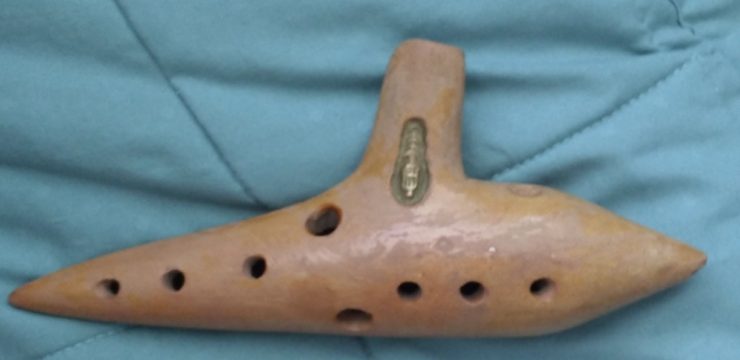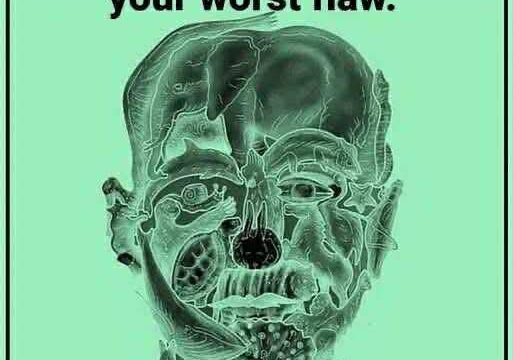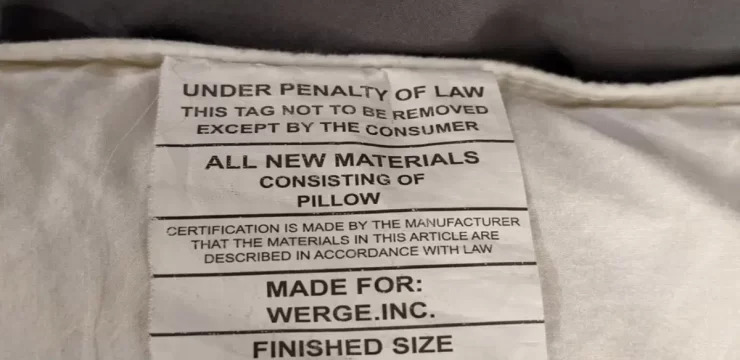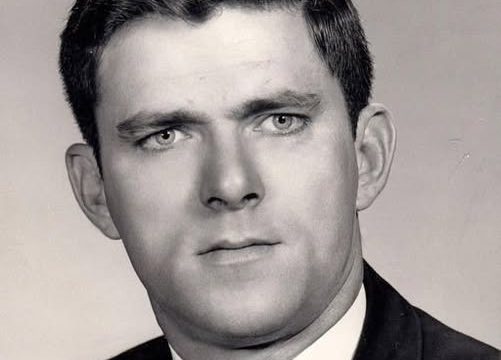The Vatican has officially announced that a secret conclave to elect the next pope will begin on May 7 inside the Sistine Chapel, following the recent passing of Pope Francis, who died at the age of 88 on Easter Monday. His funeral took place that Saturday, drawing a massive turnout that included world leaders, dignitaries, and mourners from around the globe.
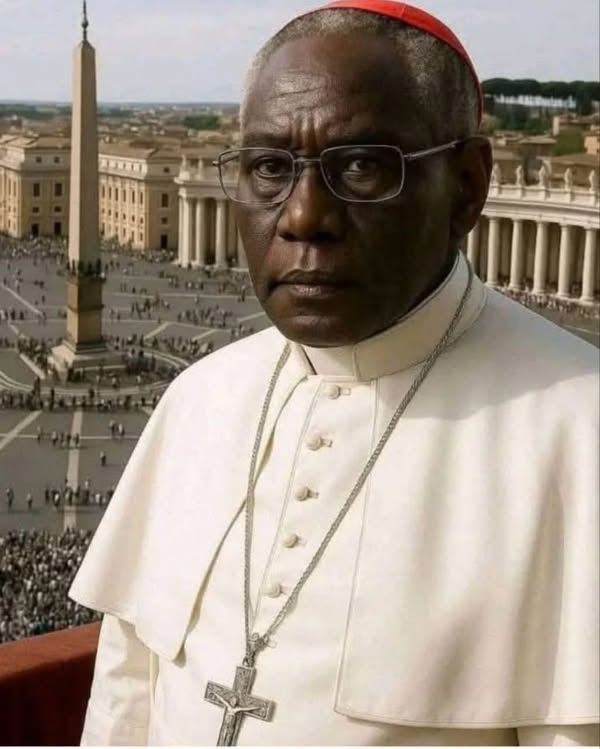
The upcoming conclave will gather approximately 135 cardinals from various nations, who will meet behind closed doors to choose the next spiritual leader of the Catholic Church. There is no exact timeline for how long this process will take, as the length can vary depending on the voting results, although the last two conclaves in 2005 and 2013 were both concluded within two days. Vatican spokesperson Matteo Bruni stated that the conclave will begin with a solemn mass at St. Peter’s Basilica, after which the cardinals eligible to vote will proceed to the Sistine Chapel for the confidential election process.
Once the cardinals enter the chapel, they are strictly cut off from any form of communication with the outside world to maintain the integrity and secrecy of the voting. On the first day, only one vote will be conducted, but starting from the second day, up to four votes may occur daily until a two-thirds majority is reached to elect a new pope. If by the third day of voting no decision has been made, the cardinals may take a pause for a day dedicated to prayer and reflection. Each vote is written on a card with the Latin phrase “I elect as Supreme Pontiff,” followed by the name of the cardinal chosen by the voter.
Throughout this time, the world will be watching for the symbolic smoke that signals the outcome of each voting session. Black smoke rising from the Sistine Chapel chimney means that no decision has been reached and voting will continue, while white smoke is the long-awaited sign that a new pope has been chosen. The process is steeped in centuries-old tradition, and the unpredictability of the vote often sparks widespread speculation and intrigue. Meanwhile, the legacy of Pope Francis has been honored in deeply moving ways. On the day of his funeral, hymns were broadcast over loudspeakers in St.
Peter’s Square, creating an emotional atmosphere occasionally interrupted by the sound of helicopters above. The ceremony was led by Cardinal Giovanni Battista Re, who at 91 years old delivered a heartfelt homily reflecting on the life and contributions of Pope Francis. Following the funeral, an enormous crowd lined the streets of Rome as the pope’s coffin was transported to his final resting place at the Basilica of Santa Maria Maggiore. Authorities estimated that about 140,000 people gathered to pay their respects, clapping and waving as the white popemobile-turned-hearse made its way across the Tiber River and passed by Rome’s most iconic landmarks, including the Colosseum, the Roman Forum, and the Altare della Patria in Piazza Venezia. The following day, photos of Pope Francis’s tomb were shared with the public, showing a single white rose resting on a stone inscribed with the name he was known by during his papacy, all beneath a softly illuminated crucifix. The image offered a quiet yet powerful tribute to a leader who had left a profound impact on the Church and the world. As the date of the conclave approaches, the eyes of over a billion Catholics, as well as many outside the faith, will turn to the Vatican, awaiting the announcement of a new pope—one who will carry the weight of spiritual leadership in a rapidly changing world, continuing the legacy of his predecessor while shaping his own path forward.

